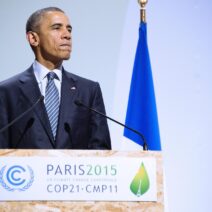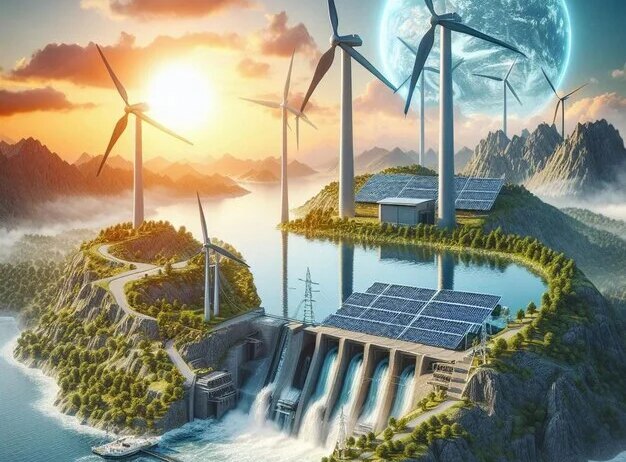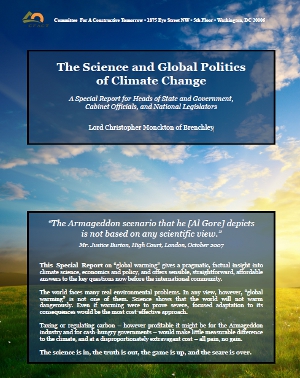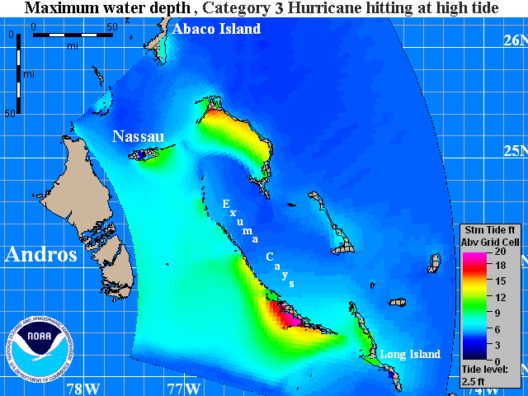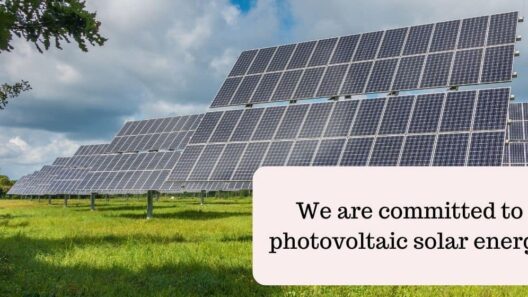Renewable energy has emerged as a beacon of hope in the fight against climate change, promising to reduce our reliance on fossil fuels and diminish greenhouse gas emissions. However, the question arises: how sustainable is renewable energy? This inquiry warrants a deep dive into the various renewable sources of energy, their efficiency, ecological impact, and the technological advancements that make them viable alternatives to traditional energy sources.
To comprehend the sustainability of renewable energy, one must first explore its primary categories: solar, wind, hydroelectric, geothermal, and biomass. Each of these sources has its unique attributes, advantages, and drawbacks.
Solar energy harnesses the sun’s rays through photovoltaic cells or solar thermal systems. The sustainability of solar energy lies in its abundant availability and decreasing installation costs. Furthermore, solar panels operate with minimal emissions and can be deployed on rooftops, thereby reducing the land footprint. However, the production of solar panels involves the use of hazardous materials, and the disposal of panels at the end of their life cycle presents significant recycling challenges. Thus, while solar energy is a cornerstone of a sustainable future, diligent measures must be taken to mitigate its environmental imprint.
Wind energy, characterized by the use of turbines to convert kinetic energy from wind into electricity, represents another potent renewable source. Wind farms can be established offshore or onshore, contributing significantly to energy generation without depleting natural resources. The sustainability of wind energy is underscored by its minimal greenhouse gas emissions once operational. However, the ecological impact of wind farm installations cannot be overlooked. Concerns regarding avian and bat mortality, coupled with potential impacts on local ecosystems, necessitate careful site selection and technological advancements aimed at mitigating such adverse effects.
Hydroelectric energy is the largest source of renewable electricity globally. Utilizing the gravitational force of flowing or falling water, hydroelectric plants provide a reliable and consistent energy supply. While technically sound and capable of generating vast amounts of energy, the environmental concerns are substantial. Large dams can disrupt local ecosystems, displace communities, and significantly alter river systems. Therefore, the sustainability of hydroelectric energy depends heavily on the project size, the ecological sensitivity of the region, and management practices in place to minimize harm.
Geothermal energy taps into the Earth’s internal heat, offering a potentially limitless supply of energy. Areas near tectonic plate boundaries are especially rich in geothermal resources. This form of energy exhibits a small land footprint, and its emissions are considerably lower than those of fossil fuels. Nonetheless, geothermal energy production is limited by geographical constraints, and the drilling operations can pose risks of inducing seismic activity. Thus, while geothermal energy is sustainable in specific locales, its broader applicability is restricted.
Biomass energy, derived from organic materials (e.g., plant and animal waste), can be converted into usable energy forms. Biomass has the potential to create a closed-loop energy system; as plants grow, they absorb carbon dioxide, and when biomass is burned for energy, it releases that carbon back into the atmosphere. However, sustainability takes a hit when considering the large-scale cultivation of biofuel crops, which can lead to deforestation, loss of biodiversity, and competition with food production. Therefore, successful utilization of biomass energy requires stringent guidelines to ensure that ecosystems and food security are not compromised.
Technological advancements play a pivotal role in enhancing the sustainability of renewable energy. Innovations in energy storage, such as lithium-ion batteries or emerging technologies like flow batteries, are critical for addressing the intermittent nature of renewable sources like solar and wind. Improved energy storage capabilities help in smoothing out supply and demand mismatches, ensuring that excess energy can be stored and used during periods of low production.
The implementation of smart grid technologies enhances the efficiency of energy distribution and management. These digital systems allow for a more responsive electricity market, optimizing energy use and reducing waste. With greater data integration, consumers can adjust their energy consumption based on real-time information, thereby conserving energy and reducing overall demand on renewable sources.
Furthermore, energy efficiency measures, such as improved insulation in buildings, energy-efficient appliances, and smart thermostats also play a crucial role in renewable energy sustainability. By reducing the overall demand for energy, these measures allow renewable sources to meet consumption needs while decreasing reliance on any backup fossil fuel systems.
Education and public awareness are fundamental components in promoting the adoption of renewable energy. The more individuals understand the benefits and potential drawbacks of various renewable sources, the more informed decisions they can make regarding energy consumption and investments. Engaging community members and stakeholders in the energy transition fosters a sense of ownership and collective responsibility toward a sustainable future.
Ultimately, the sustainability of renewable energy is a multifaceted issue that goes beyond simple metrics of emissions or energy output. It necessitates a holistic approach which considers the comprehensive lifecycle of energy production, supports innovation in technology, and emphasizes the importance of environmental stewardship. With thoughtful planning and commitment to sustainable practices, renewable energy can undoubtedly forge a path toward a cleaner, more sustainable future. By embracing diverse renewable sources, enhancing efficiency, and fostering public engagement, society can transition from an era of fossil fuel dependency into one powered by sustainable energy, ensuring that future generations inherit a healthier planet.
